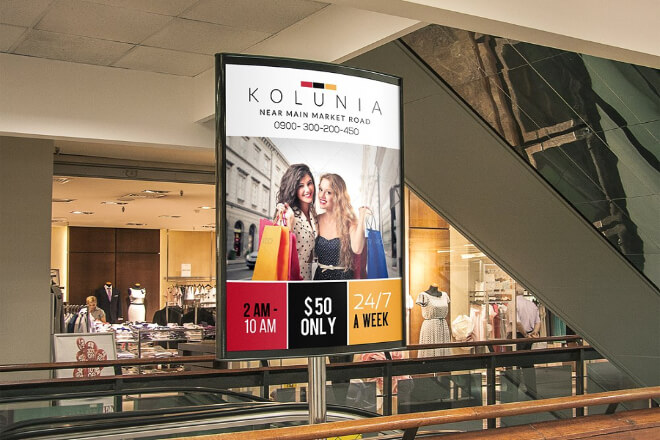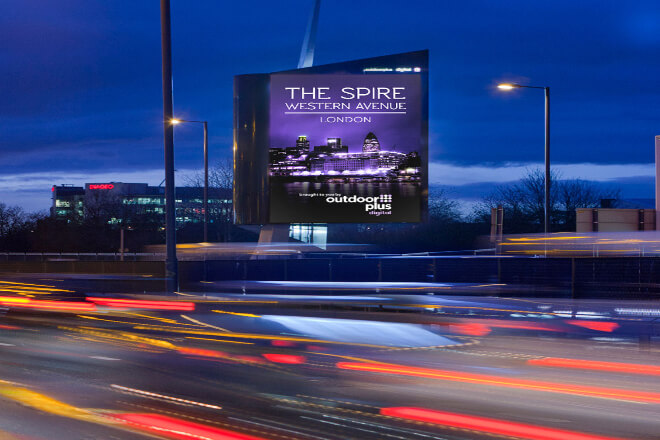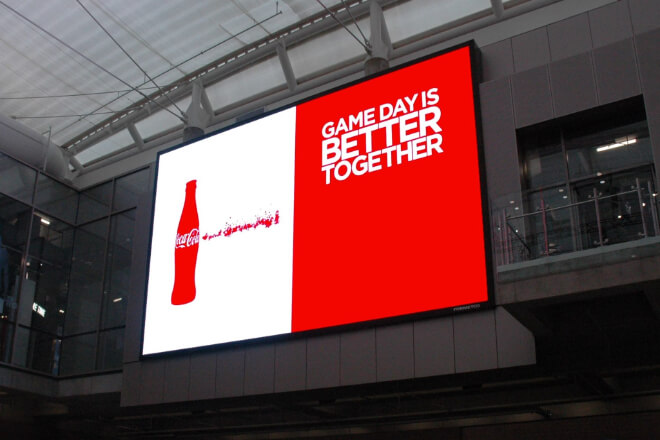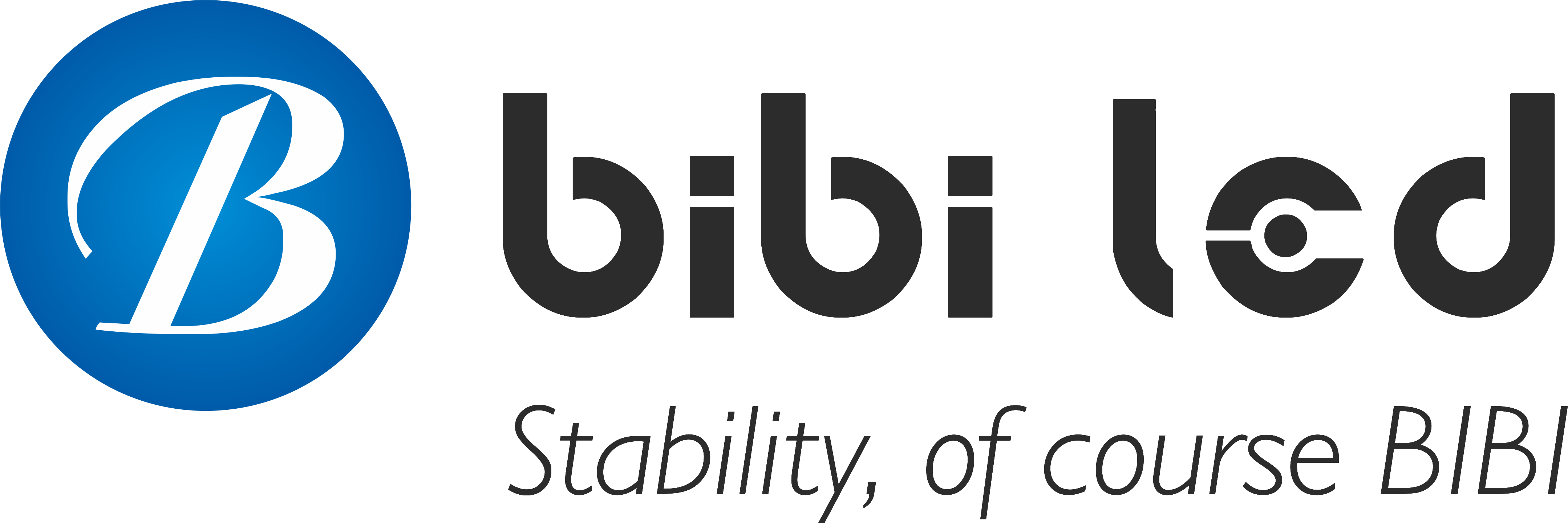Introducción

Want your Pantalla LED ads to be both effective and engaging? Then you need to carefully plan your content scheduling!
A reasonable schedule ensures your ads appear in front of the right people at the best time, maximizing their impact.
Conversely, an improper schedule can waste resources and even annoy viewers. Let’s explore how content scheduling can be a “secret weapon” for improving LED advertising effectiveness.
Tabla de contenido
1. Why is content scheduling crucial for LED display advertising?

Want your Pantalla LED ads to be both effective and engaging? Then you need to carefully plan your content scheduling!
It not only concerns when and how ads appear, but also directly impacts viewer interest.
Simply put, a reasonable content schedule is like scheduling “golden time” for your ads, allowing them to meet the right people at the right time.
1) Definition of Content Scheduling
First, content scheduling is essentially the careful arrangement of the timing and order of ad display based on factors such as the ad’s time, frequency, and target audience.
Imagine if you aired a food ad during lunchtime or a leisure activity ad during rush hour—it would be far more effective than airing one at 3 a.m., and viewers would be much more likely to notice it.
This is the power of effective content scheduling—allowing ads to appear at the perfect moment to capture the audience’s attention.
2) Optimizing Ad Effectiveness
With good content scheduling, ad exposure and appeal are significantly enhanced.
For example, if your brand runs promotional ads before a holiday, people are preparing to buy, resulting in fantastic ad performance.
Through scientific scheduling, ads can reach viewers at the right time, improving communication effectiveness.
And preventing ads from becoming fleeting impressions that are easily forgotten, but rather ones that spark consumer interest and motivate action.
3) Avoiding Content Repetition and Ad Fatigue
Repeatedly airing ads too frequently will eventually lead to viewer fatigue. Effective scheduling is crucial to address this.
Imagine seeing the same ad every day; viewers will quickly become accustomed to ignoring it.
By airing ads at reasonable intervals and avoiding repetition, ads can maintain freshness, attract viewer attention, and prevent annoyance.
For example, the same advertisement can be played at different times in the morning and evening, avoiding overexposure while reaching a wider target audience.
4) Adapting Flexibly to Market Changes
The market is constantly changing, with holiday promotions and trending events emerging frequently. By flexibly adjusting advertising schedules, advertisements can better align with market demands.
For example, during Christmas, LED advertising screens can display numerous discounts and offers to attract consumer attention.
Changes in holidays or trends can make advertising content more targeted, making it an eye-catching marketing tool.
5) Improving Return on Investment
A reasonable advertising schedule can also help improve the return on investment. Advertising resources are limited.
To achieve the best results, careful planning is essential. Scheduling ensures that every screen’s exposure is worthwhile.
This is like attending a party; to stand out from the crowd, you need to choose the right time to appear.
By carefully planning, advertising during high-traffic periods can maximize its effectiveness, ensuring every investment is worthwhile.
2. How Does Content Scheduling Help Improve the Effectiveness of LED Display Advertising?

1) Enhance Ad Relevance
Everyone has a different pace of life, and advertising should be tailored accordingly.
By analyzing audience data, ad content can be precisely adjusted and played at the most appropriate time.
For example, playing coffee ads during the morning rush hour or offering takeout discounts during lunchtime can accurately target your audience.
When ad content aligns with audience needs, the ad becomes more attractive and resonates more easily.
2) Precise Time-Slot Targeting
Did you know that every ad has its “peak hours”? Just like you might prefer watching TV shows at night and the news during the day, LED ads also need to be played when consumers are most active.
For example, playing snack ads during afternoon tea time or offering movie ticket discounts in the evening can effectively increase ad exposure.
By precisely selecting playback times, ads can be “targeted,” reaching more potential viewers.
3) Dynamic Display and Interaction
One of the greatest appeals of LED displays is their real-time updating and interactivity.
For example, when you walk into a centro comercial, the screen can dynamically adjust its advertising content based on the day’s events or holidays.
This flexibility allows advertising content to be more relevant to the present moment, making viewers feel that the ads are “tailor-made for them.”
Even better, LED screens can also encourage active audience participation through interactive features such as QR code scanning and touch controls, enhancing the sense of engagement and transforming viewers from passive “viewers” into active participants.
4) Enhancing Memory and Brand Influence
Want your ads to be memorable? Then, repeat exposure is key! With proper scheduling, ads can be shown to different audiences at different times.
For example, play brand stories during the morning rush hour, discount information during lunchtime, and new product introductions during the evening rush hour.
This not only ensures viewers see the ads at different times but also deepens their brand memory, allowing brand influence to grow over time.
5) Guiding Consumer Action
Finally, another important function of scheduling is guiding consumer action.
During promotional events, a well-planned advertising schedule ensures ads appear at the viewer’s decision-making moment, prompting them to take action.
For example, playing ads for special offers in the evening or releasing limited-time discount information on holidays will immediately make viewers want to “seize the opportunity.”
This market-driven scheduling effectively improves conversion rates, ensuring that advertisements not only attract attention but also prompt immediate purchases.
3. How to Develop an Efficient LED Display Advertising Content Scheduling Plan?

1) Understanding Your Target Audience and Peak Times
First, understand who your target audience is and what their behavioral habits are. This step can be accomplished through market research and audience analysis.
For example, understand when they are most active—do they watch ads during their morning commute or while relaxing in the evening?
Also, remember to pay attention to peak times, such as rush hour and lunchtime; these are golden periods when viewers are most active.
Only by understanding these factors can you ensure that your advertisements are seen by the most relevant audience at the most appropriate time, maximizing the advertisement’s impact.
2) Incorporating Market and Seasonal Factors
Advertising content scheduling cannot be static; it must be flexibly adjusted according to market changes and seasonal factors.
Holidays, promotional seasons, and special event days are the best times to schedule advertisements.
For example, before Singles’ Day or the Spring Festival, LED displays can showcase discount information and festive activities, while summer might be suitable for advertising cold drinks and travel.
By making good use of these seasonal and market factors, advertising content can be more aligned with audience needs, improving advertising effectiveness.
3) Reasonably Allocate Advertising Frequency
The frequency of display also needs to be arranged reasonably. Too few ad plays may miss potential viewers; however, too many plays will bore viewers and cause “ad fatigue.”
A suitable balance needs to be found to ensure that ads play at an appropriate frequency.
For example, the frequency can be allocated according to the type and content of the ad. Important events or urgent notices can be played frequently, while ordinary information can be played at appropriate intervals to avoid overexposure.
4) Coordinate Advertising Content with Brand Needs
Each brand has a different promotional strategy and advertising theme, and the content scheduling needs to be consistent with the brand’s needs.
The advertising schedule cannot be simply a time arrangement; it must be coordinated with the brand’s overall promotional plan.
For example, if the brand’s focus is on new product launches, then the content and timing of the ads should be concentrated around the time of the new product launch.
If a brand is conducting a large-scale promotional campaign, advertising should be concentrated intensively in the pre-campaign and peak periods to ensure consistency and continuity.
5) Optimize Scheduling with Data Analysis and Feedback
Finally, don’t forget the role of data analysis and feedback. Advertising effectiveness cannot rely solely on intuition; it must be validated and optimized through data.
By monitoring advertising performance, you can see which time periods and content are performing best and then adjust the schedule accordingly.
For example, if you find that ads get a lot of clicks during a certain time period, you can increase the frequency of ad displays during that period.
Conversely, if a certain time period is performing poorly, you can reduce the number of plays and optimize the schedule.
Regular adjustments are essential to maximize advertising effectiveness.
4. Common Challenges and Solutions for Content Scheduling

- Solución: Adjust ad content through data analysis and audience feedback to avoid ad fatigue.
Excessive repetition of ads is a common problem, especially when the same ad is played repeatedly within a short period, leading to “aesthetic fatigue” for viewers.
Think about it: if viewers see the same ad every day, they will eventually ignore it and even develop a dislike for it.
To avoid this, data analysis can be used to understand the frequency and effectiveness of ad playback, allowing for timely adjustments to content and playback times.
Understanding audience feedback helps determine ad acceptance and allows for content adjustments to ensure ads remain fresh and avoid overexposure-induced fatigue.
- Solución: Accurately select ad playback times through precise market research and behavioral analysis.
Ad playback time is crucial. Playing ads at inappropriate times may result in viewers never seeing them. For example, evening dinner ads are unsuitable for morning peak hours.
So how do we ensure accurate ad playback times? The best approach is to understand the target audience’s active time periods through market research and behavioral analysis.
For example, office workers are most active between 7-9 am, making this the optimal time to play breakfast or coffee ads.
Precise timing ensures ad exposure during the target audience’s most active periods, improving effectiveness.
- Solución: Establish a flexible content update mechanism to ensure rapid adjustments to ad content during events or emergencies.
Sometimes, market conditions or unexpected events force us to adjust ad content. If scheduling is too rigid, it becomes difficult to quickly adapt to changes.
For example, the emergence of an emergency or breaking news event may require immediate changes to ad content. To address this, a flexible content update mechanism can be established.
By regularly updating ad content and integrating it with the backend system, it ensures that ad content can be quickly adjusted in the event of unforeseen circumstances, maintaining the timeliness and relevance of the ads.
- Solución: Adjust ad content through precise targeting to make it more attractive and relevant.
Ad content must match audience interests; otherwise, even the most precise scheduling will be ineffective.
If you’re advertising health foods but targeting an audience that loves fried food, the results will naturally be poor.
So, how do you avoid this? Precise targeting is crucial. By analyzing the audience’s interests, behaviors, and needs, ad content can be adjusted based on their preferences.
For example, if the target audience is young people, more fashionable and trendy ads can be shown.
If the target audience is older adults, more health and wellness-related ads can be shown, making the ad content more aligned with their needs, thereby increasing the ad’s attractiveness and relevance.
5. Conclusión
Content scheduling is more than just scheduling ad times; it determines whether ads can accurately reach the target audience, enhance brand awareness, and ultimately, achieve conversion rates.
Through scientific scheduling, ads can resonate with viewers at the right time, at the right frequency, and with the right content, ensuring every penny of the advertising budget is well spent.
Por último, para obtener más información sobre las pantallas LED, Por favor póngase en contacto con nosotros.
